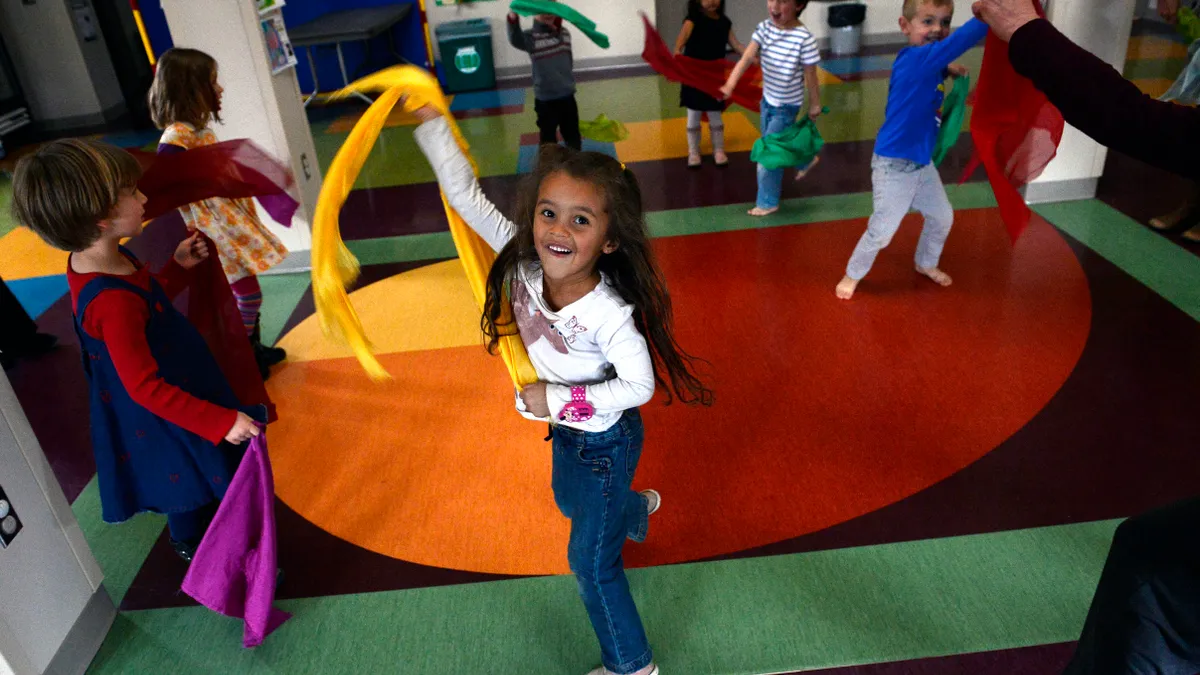Dive Brief:
- The next stage of accountability in California will go beyond test scores and graduation rates and ask schools to take responsibility for continually improving measures of school climate, the process for which state officials are currently determining.
- EdSource reports the State Board of Education will hear recommendations from an advisory group next month about how districts should measure school climate, how they can determine survey validity, and how they can use results to drive change.
- Beyond surveys California will determine school climate using suspension and expulsion rates and perhaps school conditions like library hours, teacher access to supplies, building quality, staff turnover, class size and length of recess — all of which, after being measured, state officials hope will contribute to continuous improvement in schools.
Dive Insight:
During the No Child Left Behind focus on test-based accountability, factors like school climate took a back seat because they didn’t matter in determinations of school quality. Now schools that serve difficult populations and have low proficiency rates among students can get credit for their school environment. And advocates of this approach say positive school climate is critical for academic success so the two are linked.
Besides simply freeing schools to focus on school climate factors, incorporating these measures into stated accountability plans will require schools to do so. Soon, it will not be acceptable to ignore very high suspension rates or very low parent and student engagement.







 Dive Awards
Dive Awards




